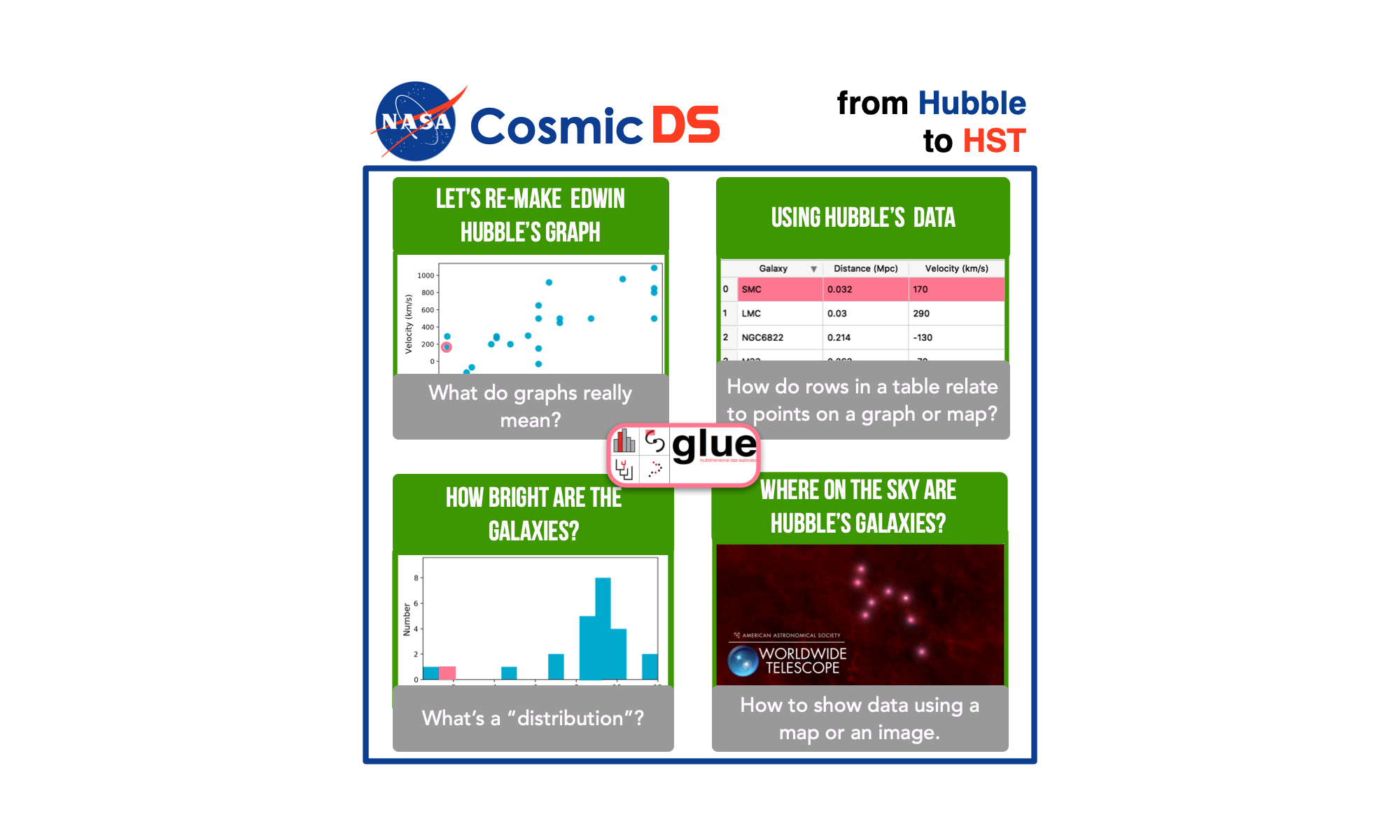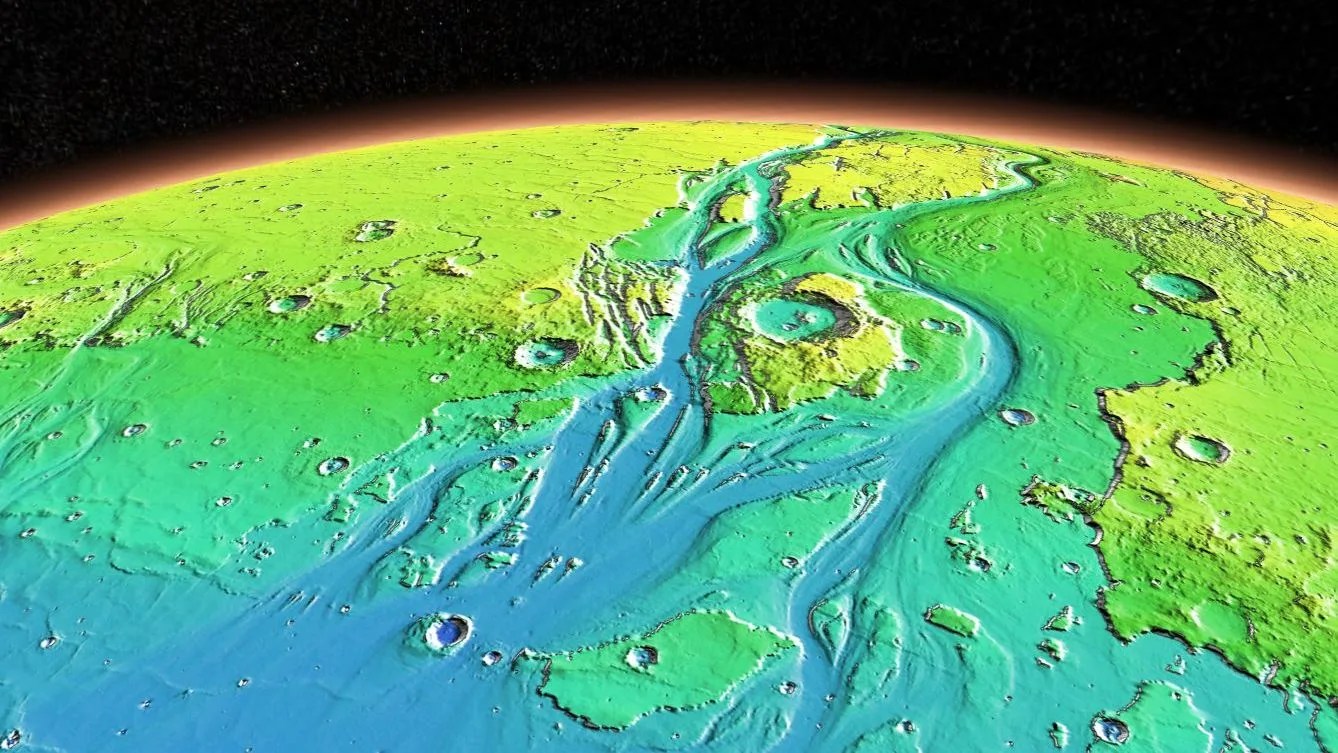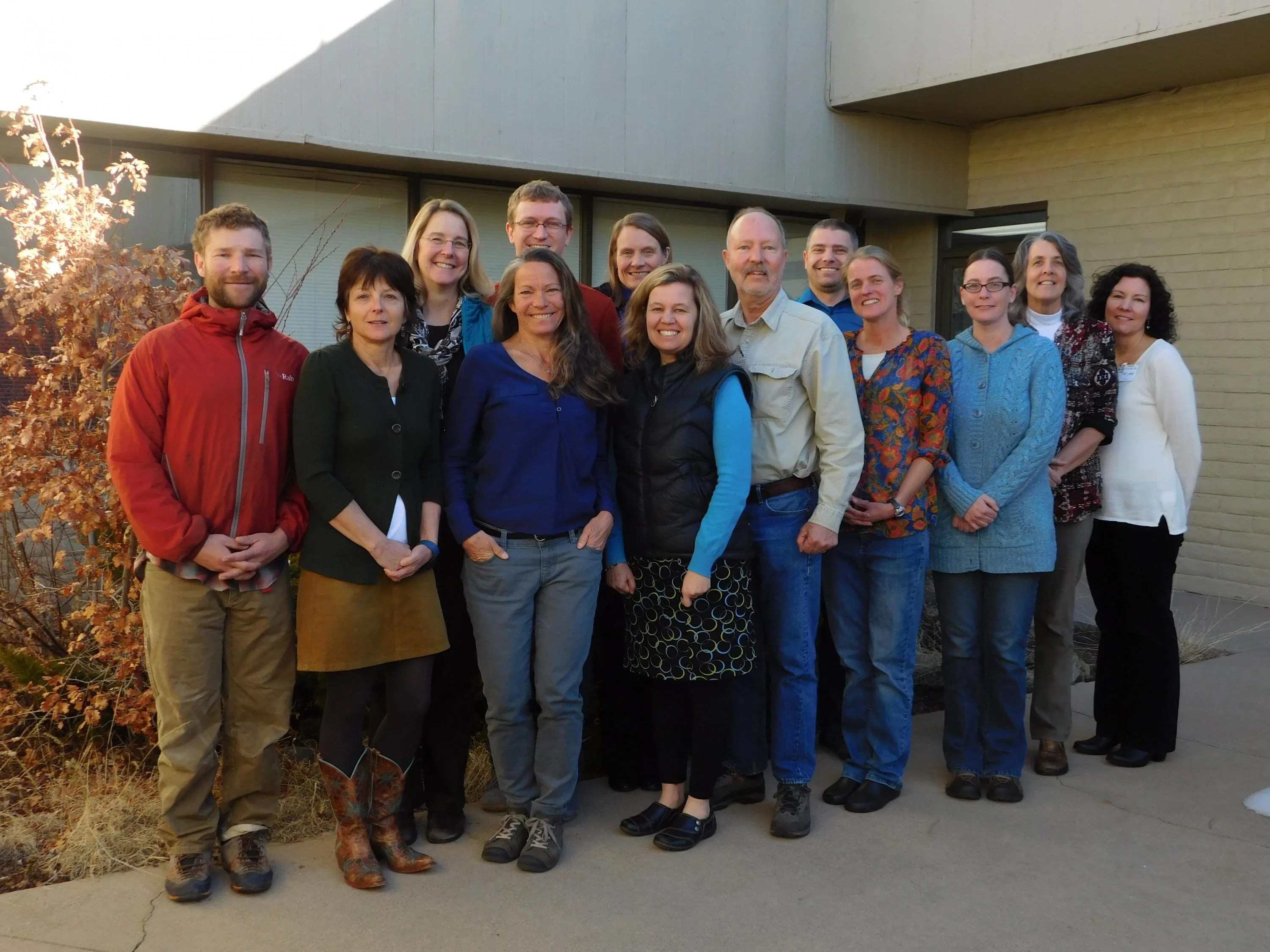NASA Astromaterials
Sharing unique, often extraterrestrial, NASA Science content with learners of all ages.

Team Mission
NASA’s Astromaterials team is housed at the Johnson Space Center in Houston, Texas. Our team facilitates efficient and effective sharing of unique NASA assets and Science Mission Directorate (SMD) content. Our assets consist of the most extensive collection of extraterrestrial materials on Earth including samples from the Moon, Mars, asteroids Vesta, Itokawa, Ryugu, and Bennu (our newest collection thanks to NASA’s OSIRIS-REx mission), comets, and more; Subject Matter Experts (SMEs) involved in a variety of NASA research and exploration projects; and specialized research and curation laboratories. Our target audiences are students, educators, the public, the scientific community and the SMD Science Activation Collective and their audiences.
Students NEED to see science at work and the fact that two of the presenters were Hispanic was WONDERFUL because 100% of the students at our school are Hispanic!
What does your team hope to achieve?
The NASA Astromaterials team aims to engage learners of all ages, across the nation and world, with our unique NASA assets to generate excitement, enhance knowledge, and raise awareness of NASA and NASA’s Science Mission Directorate science and exploration endeavors. This is primarily achieved through virtual (webinars) and in-person connections sharing Astromaterials assets and providing hands-on and digital resources enabling audiences worldwide to access and engage with SMEs, the latest NASA science content, and extraterrestrial samples. For example, our Astromaterials 3D resource provides unprecedented access for learners anywhere to explore and interact with samples from NASA’s Astromaterials Collections. We also aim to leverage and enhance our efforts by building partnerships and collaborations to share our unique NASA assets with the SMD Science Activation Collective and their audiences. The work facilitated by our Astromaterials Research and Exploration Science, or ARES SMEs and within our specialized laboratories aims to advance human space exploration, enable and integrate terrestrial, planetary, and sample science research, and facilitate successful space missions through risk mitigation. As we engage learners of all ages with our unique NASA assets, we highlight the diversity of NASA SMEs and the science and engineering related work they do. In doing so, we generate excitement, awareness, and knowledge about NASA science and exploration, ultimately inspiring and empowering current and future generations of scientists, engineers, and explorers.
Thank you so much for sparking an interest in my students! It’s hard in a rural area to expose them to a variety of careers and experiences.
Join us as we share NASA’s Science Mission Directorate science, experiences, discoveries, and people involved with NASA’s Astromaterials collections, research, and exploration.




